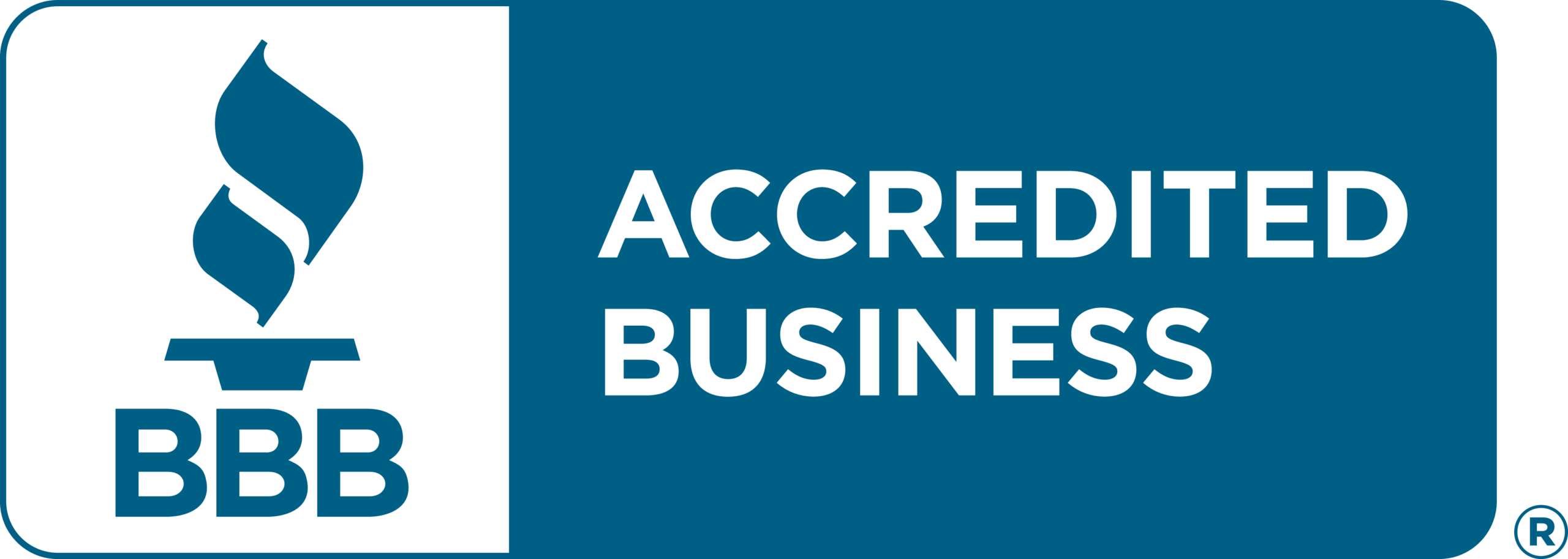Transferring real estate title from a parent to an adult child in Ontario involves items such as property laws, tax rules, and important financial decisions that can affect both parties for years.
Many families choose this route to simplify inheritance, avoid probate fees, or help the next generation get established. Others may do it as part of broader estate or retirement planning.
No matter the reason, the process must be handled correctly under Ontario law. A small oversight can create costly tax issues or legal complications. That’s why it’s important to understand each step before making the change.
From hiring the right lawyer to checking for land transfer tax exemptions and reviewing potential capital gains, every detail matters.
This guide breaks down the steps to help make informed decisions when transferring ownership within your family.
- Step 1: Know the Legal Steps and Get the Right Guidance
- Step 2: Understand the Tax Implications Before You Transfer
- Step 3: Determine the Property’s Fair Market Value (FMV)
- Step 4: Factor in Capital Gains and the Principal Residence Exemption
- Step 5: Completing the Property Transfer
- Step 6: Think Ahead About Risks and Alternatives
- Step 7: Align the Transfer with Your Overall Financial and Estate Plan
- Key Ownership Changes to Consider Before Transferring Property
- Key Strategies to Ensure a Smooth Parent-to-Child Property Transfer
- Frequently Asked Questions
- Takeaway
Step 1: Know the Legal Steps and Get the Right Guidance
In Ontario, a transfer of real estate title from a parent to an adult child must comply with both federal and provincial laws. These rules dictate the required documents, the taxes that apply, and the process for completing the transfer.
A licensed real estate lawyer is essential from the start. They will:
- Conduct a title search to confirm the property is free from liens or claims.
- Arrange for the deed of transfer to be drafted with all necessary legal terms.
- Guide you through signing the documents correctly so they are legally binding.
- Prepare and submit the required forms if an exemption is claimed.
- Register the transfer with the Land Registry Office to make it official.
By involving your lawyer early, you avoid missing steps that could delay registration or trigger avoidable taxes.
Step 2: Understand the Tax Implications Before You Transfer
Even if no money changes hands, the transfer may trigger taxes because it is often treated as a transaction at the property’s fair market value.
Key tax considerations include:
- Land Transfer Tax (LTT) – In Ontario, LTT is generally calculated on the FMV or consideration given for the property. In Toronto, an additional municipal LTT applies. Some family transfers, including certain parent–child transfers, may qualify for an exemption — but these exemptions have specific statutory criteria. Eligibility should be confirmed before the transfer is registered.
- Capital Gains Tax – If the property’s value has increased since purchase, the Canada Revenue Agency may assess capital gains tax on the deemed disposition at FMV. The principal residence exemption can reduce or eliminate this tax if the property qualifies, but it does not apply to properties that were not the owner’s main home (e.g., cottages, rental properties).
- Income Tax and Attribution Rules – If the property produces rental income after the transfer, the new owner will need to report it. In the case of transfers to minors, the attribution rules under the Income Tax Act may result in income or capital gains being taxed back to the transferor parent.
A tax professional can help confirm what applies in your situation and how to structure the transfer in a tax-efficient way.
Step 3: Determine the Property’s Fair Market Value (FMV)
Before starting the transfer, a professional appraisal should be obtained to establish the property’s FMV. This figure affects both land transfer tax and potential capital gains calculations.
Even if the property is gifted, the CRA treats it as if it were sold at FMV. If the transfer is made for less than FMV, the CRA will still use the full value for tax purposes, which could lead to double taxation if handled incorrectly.
Having the FMV ready before legal drafting begins ensures your lawyer can prepare accurate transfer documents and the correct land transfer tax forms for submission later in the process.
Step 4: Factor in Capital Gains and the Principal Residence Exemption
The principal residence exemption can significantly reduce or eliminate capital gains tax, but only if the property has been the parent’s main home for all the years of ownership. If it is a secondary property, capital gains will likely apply.
Because the CRA treats transfers below FMV as if they occurred at FMV, it’s important to confirm whether the exemption applies fully, partially, or not at all before proceeding.
Step 5: Completing the Property Transfer
The final stage is carrying out the legal transfer in the correct order. In Ontario, this typically involves:
- Obtain a professional appraisal – Confirms the property’s fair market value for tax purposes.
- Engage a real estate lawyer – Ensures compliance with legal requirements and prepares the deed of transfer.
- Draft and execute the deed – Includes all required legal terms and signatures.
- File the documents – The lawyer submits the transfer and any necessary tax forms to the Land Registry Office.
- Confirm registration – Once processed, ownership officially transfers to the child.
Step 6: Think Ahead About Risks and Alternatives
Once the child is on the title, the parent no longer has full control over the property. Selling, refinancing, or mortgaging will require the child’s consent. The property could also be exposed to risks if the child experiences financial trouble or divorce.
Alternatives to a direct transfer include:
- Trusts – Allow parents to retain control while transferring beneficial interest.
- Family limited partnerships – Allow gradual ownership transfer with tax planning benefits.
These options can offer more flexibility and asset protection while still achieving your estate planning goals.
Step 7: Align the Transfer with Your Overall Financial and Estate Plan
A property transfer should fit into your broader financial and estate strategy. Gifting property during your lifetime can help avoid probate costs and delays, but you must also consider your own future needs, retirement income, and the interests of other beneficiaries.
By planning ahead and getting the right advice, you can complete the transfer in a way that is legally sound, tax-efficient, and aligned with your long-term goals.

Contact a Real Estate Lawyer in Toronto
Get a Free Quote for Your Real Estate Transaction
By working with a qualified real estate lawyer and, when needed, a tax professional, you can ensure the process is smooth, compliant with Ontario laws, and in the best interest of everyone involved.
Key Ownership Changes to Consider Before Transferring Property
Transferring a property title to a child is a permanent legal move that can have lasting effects. Before finalizing the decision, it’s important to be aware of the potential risks and implications.
Loss of Full Control
Once the child becomes a legal owner, the parent can no longer make major decisions—such as selling, refinancing, or securing a mortgage—without the child’s consent.
Exposure to the Child’s Financial Risks
If the child faces financial challenges, creditors may be able to make claims against the property. This could put the home at risk, even if the parent still lives there.
Impact of Family Law
In the event of a marriage breakdown or separation, the property may be considered a matrimonial asset. This means it could be subject to division under Ontario’s family law rules.
Tip: Proactive legal planning can help reduce these risks and protect both the property and family relationships in the long term.
Key Strategies to Ensure a Smooth Parent-to-Child Property Transfer
A successful property transfer between a parent and child in Ontario depends on planning and clear communication. These strategies can help ensure the process goes smoothly and avoids unnecessary delays or disputes.
1. Get Expert Legal and Tax Advice Early
Consult a real estate lawyer and a tax professional before starting. They can confirm what documents you need, which taxes apply, and whether any exemptions are available.
2. Keep Detailed Records
Maintain copies of appraisals, legal filings, and tax forms. Accurate records help in case of audits, disputes, or questions later on.
3. Align With Your Long-Term Plans
Make sure the transfer fits within your broader financial, retirement, and estate plans. This ensures the decision benefits both the parent and the child over time.
4. Communicate Clearly With All Parties
Discuss the terms, responsibilities, and expectations openly with your child and other family members to prevent misunderstandings.
5. Review Alternative Transfer Methods
Explore options like trusts or gradual ownership transfers through partnerships. These structures may offer tax benefits, preserve control, and protect against certain legal risks.

Frequently Asked Questions
1. Can I avoid probate by transferring the property now?
Probate in Ontario refers to the court-supervised process of validating a will and authorizing the executor to distribute assets, which often involves paying the Estate Administration Tax based on the value of the estate.
Transferring a property to your child while you are still alive removes it from your estate, meaning it will not be subject to probate fees after your death. This can save money and speed up the settlement process.
However, transferring ownership also means giving up control of the property, which could affect your financial flexibility and expose the asset to risks such as your child’s debts, legal claims, or relationship breakdowns. Careful consideration and professional advice are important before making this decision.
2. Can I sell the property to my child in stages or use a trust instead?
Selling a property in stages—such as transferring partial ownership over time can provide flexibility and help manage tax obligations by spreading out capital gains. Another option is using a trust, which allows you to retain control of the property while naming your child as a beneficiary. This approach can offer tax planning advantages, protect the property from potential creditor claims, and reduce certain legal risks.
Both staged transfers and trusts can be tailored to your goals, but they require careful structuring to comply with Ontario’s property and tax laws. Consulting legal and tax professionals ensures the strategy works as intended and avoids unintended consequences.
3. What if I sell the property to my child below fair market value to help them out. Does that save tax?
Selling a property to your child for less than its fair market value might seem like a way to reduce taxes, but the Canada Revenue Agency treats such transactions as if they occurred at full market value. This means you would still owe capital gains tax based on the actual market value, regardless of the sale price.
Additionally, the child would inherit a lower cost base, which could result in higher taxes for them if they sell the property in the future, sometimes leading to double taxation. This approach rarely offers tax savings and can create bigger liabilities, so it’s important to understand the consequences before proceeding.
Takeaway
Transferring real estate title from a parent to a child can be a simple process when you know the legal requirements and potential tax implications in advance.
Taking time to plan, getting the right professional advice, and making sure the transfer aligns with your family’s long-term goals will help avoid problems later. Each decision, even how the title is transferred, when it’s done, and whether it’s part of a larger estate plan can have lasting effects.
The information provided above is of a general nature and should not be considered legal advice. Every transaction or circumstance is unique, and obtaining specific legal advice is necessary to address your particular requirements. Therefore, if you have any legal questions, it is recommended that you consult with a lawyer.







